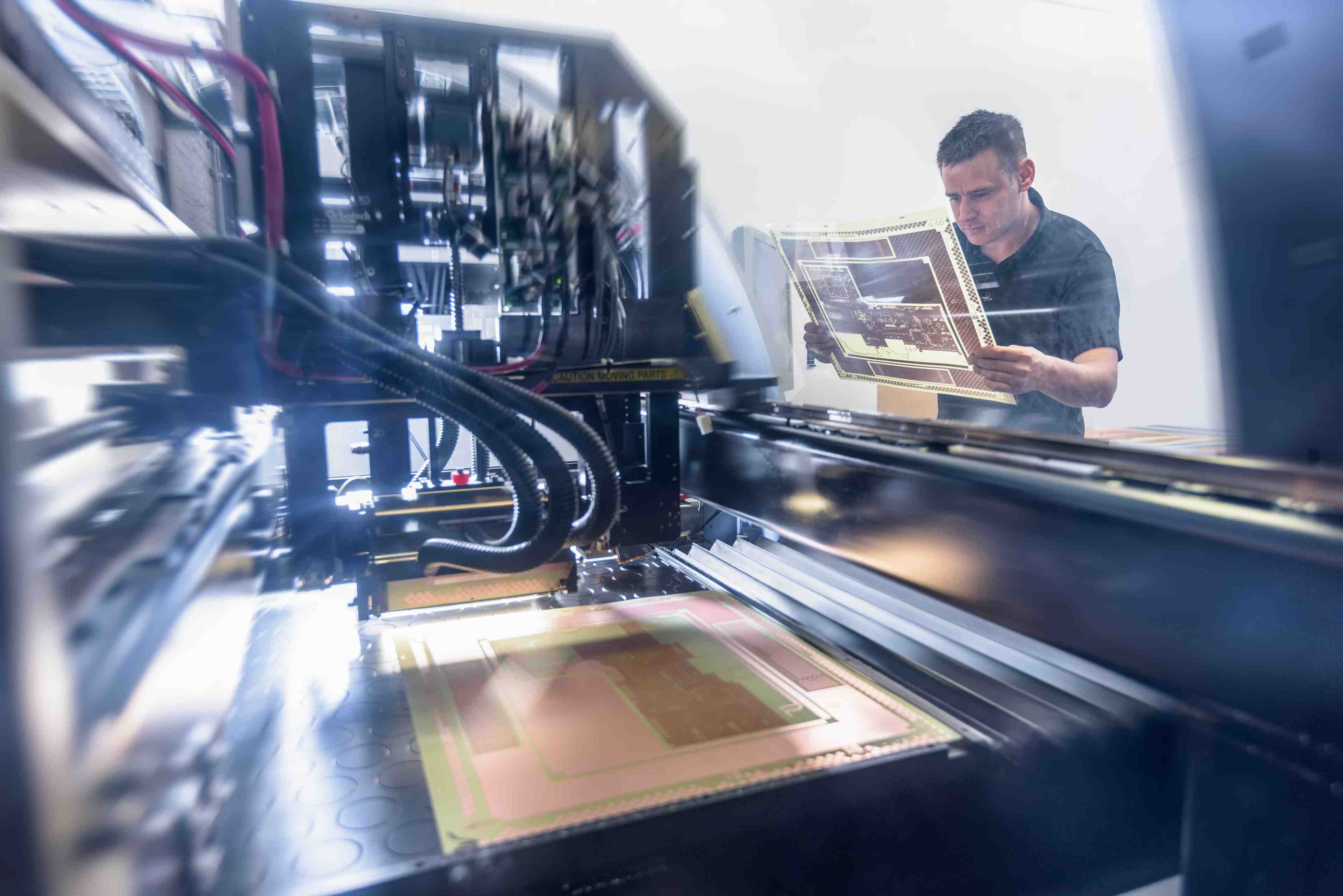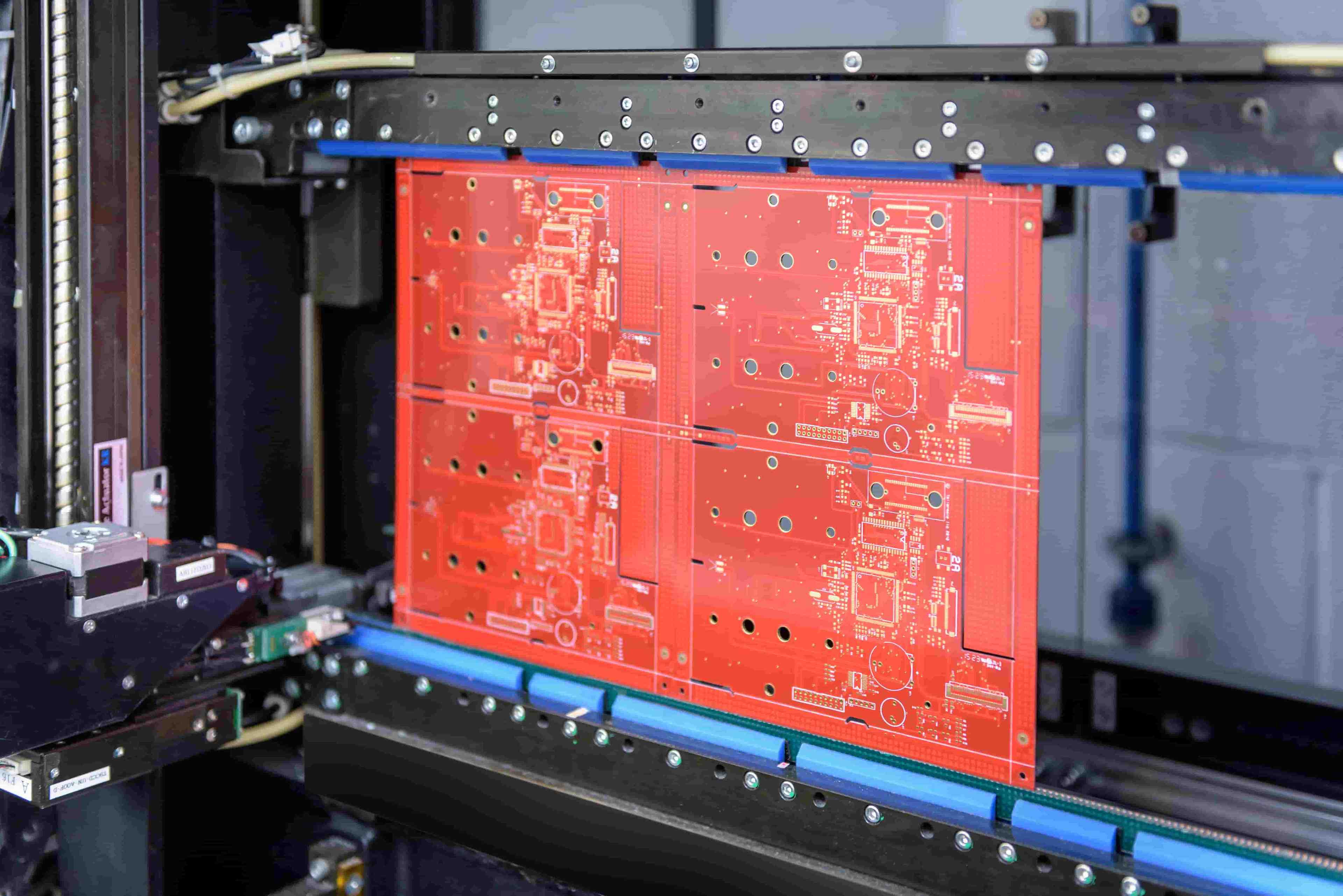

Our Services
Test Automation ServicesAI & Machine LearningBlockchainCRM ConsultingData Science & EngineeringDevOpsDigital MarketingDigital TransformationEmbedded Software DevelopmentERP Consulting ServicesManaged IT ServicesMergers & Acquisitions AdvisoryQA And Testing ServicesRobotic Process Automation SAP Consulting DevelopmentSoftware and Application DevelopmentSQL ConsultingStrategy ConsultingSustainability
- Contact Us
Our Services
- Test Automation Services
- AI & Machine Learning
- Blockchain
- CRM Consulting
- Data Science & Engineering
- DevOps
- Digital Marketing
- Digital Transformation
- Embedded Software Development
- ERP Consulting Services
- Managed IT Services
- Mergers & Acquisitions Advisory
- QA And Testing Services
- Robotic Process Automation
- SAP Consulting Development
- Software and Application Development
- SQL Consulting
- Strategy Consulting
- Sustainability
Insight
Company
Industries
- Contact Us

What Does QA Stand For in Software? (Explained)
What does QA in software? This article provides a quick review of quality assurance in software for programmers.
- insight
- /
- blog
- /
- what-does-qa-stand-for-in-software
Software development involves several steps, but quality assurance (QA) is the most crucial. As the definition says, quality assurance is the set of attitudes and procedures needed to ensure that software products that are ready for the market work the way they were supposed to when they were designed.
Professional teams understand that software quality assurance is an essential procedure that adds value beyond testing and guarantees that the final product will perform as expected. QA ensures the delivery of software products of the greatest possible quality.
Not sure how quality assurance helps teams make better software? What does QA stand for? This article provides a quick review of quality assurance in software for programmers.
What does QA Stand for?
QA is a procedure for making sure that consistent standards are met in the creation of high-quality products.
A good QA system improves a company's reputation, makes customers more confident in its products, makes workflow more efficient, and gives it a real competitive edge.
But do not forget Quality Assurance and testing are not the same thing. In quality assurance, Quality Control (QC) is the process of checking that the final product really lives up to the promised quality. Testing is a kind of quality control activity.

QA isn't just about fixing software bugs.
Quality assurance testing is about more than just fixing problems, it's also about setting standards for quality and putting checks and balances in place to ensure the end product meets those standards.
First, businesses need to establish a set of quality metrics and a method for checking code against those requirements. This means that organizations need to determine precisely what a "quality experience" points to the end user.
These metrics need to be specified in detail in order for the QA team to collect data from software testing and use it to make decisions about what should be changed. The quality of the software on the inside (the code) needs to be perfected to improve the quality on the outside (the end-user experience).
Fixing bugs in software is crucial, but it's also important to remember that testing and quality assurance are two sides of the same coin. Managing and eliminating mistakes is vital, but it is also important to figure out what qualities should be in place. A defect could be anything that doesn't meet the end user's needs.
After determining the quality characteristics of the program based on objective data, testing provides that knowledge to quality assurance, which is responsible for making the necessary adjustments to the software to improve the user experience.
Check also: 5 Failures in Test Automation: Best Practices for Dealing with Them
QA is an attitude
The software quality assurance process includes more than simply a long list of checks. It's essentially a way of thinking that you and your team should adopt. Processes, procedures, tools, people, and standards are all part of QA since they may all have an impact on the development of high-quality software.
The definition of quality assurance is always being alert for signs of trouble. The ability to see flaws everywhere is a key skill for testers with a quality assurance attitude.
You have a quality issue if your team constantly releases new product features without ever looking back to see if there are any ways to enhance their quality. This is because the primary responsibility of quality assurance is to verify a product's dependability.
Adding new features can cause a system to become unstable, making it necessary to do revisions after each update to ensure that everything is still functioning as expected.
Read also: Top 12 Benefits of Test Automation
The goal of QA is to ensure reliability.
A QA mindset is used before any code has been written. For instance, when designing a signup page for new users, it's not enough to just leave some fields blank; they must be stated in advance. If, in reality, a two-letter second name was handled as an error, this may cause unexpected problems at the end of testing when the product is scheduled for release. By creatively exploring likely and possible inputs, QA can help guide the development process and reduce the testing time before (or even after) launch.
From a legacy point of view, it is usually easy to figure out the right procedure path when given a list of specs at the beginning of a build. We know where to click on websites, or we should if the designer follows the rules. When you write tests to cover expected paths, you're not likely to find any surprises.
Still, a creative QA mind will list common user mistakes and rare and unexpected inputs and then write tests for both. By doing this, error codes and messages can be prepared and put in place for these and other less obvious situations without risking the software's reliability.
There are four places to focus on when planning and making QA tests for any stage of the software development life cycle. Questions to ask about each area should be about how reliable the product is and how happy the user will be with it.
- Does it continue to work consistently despite any input errors?
- Does it consistently meet the product design goals?
- Is reliability affected by higher-than-average load and load time?
- Are the speed and performance of the product consistent, even when loaded?
Learn more: Test Automation Strategy: Importance, Benefits & Example.
QA encompasses the entire development process.
Quality must be the main focus, from gathering requirements at the beginning of the process to maintenance. Keeping this standard means using many different testing methods, documentation, and processes.
Once processes have been defined, it is the task of quality assurance to find any obvious mistakes and fix them so the cycle keeps improving. An experienced QA expert can see the overall picture and assist your team in zeroing in on quality concerns in all areas, from communication to code.
The whole development process has flaws that need to be fixed to make it better, and it is QA's job to ensure everyone remembers this.
Check Also: Manual Testing vs. Automation Testing.
Testing doesn't generate value: it guards it!
A high-quality product can't be guaranteed by testing alone. If quality weren't there in the first place, no amount of bug fixes would bring it back.
Think about an app that has no bugs (rare, but not impossible). It works quickly and has a friendly user interface, but it doesn't help users do what they want to do. Do you still think it's a high-quality app, even if it looks good?
In quality assurance, testing doesn't necessarily add value to a product. Instead, it makes sure that the matter is there and works well.
To help reach this goal, your job as a Quality Assurance tester is to run many tests and always speak up when you find a weak spot in the product or process.
Recommended Reading: Test Automation Framework: Benefits, Types & How to Choose
Conclusion
We now know that testing is simply one aspect of quality assurance. The idea behind this broader perspective is that every stage of the software development life cycle can affect quality.
Having a QA mindset can help build quality into the product from the start.
If you find out too late that you have a problem with quality, hiring a quality assurance team is the best solution. Ronwell enables you to streamline your quality assurance requirements with professional services that reliably improve the performance of your applications.
Ronwell experts offer consultations and can help you choose the testing type that will work best for your needs.
References
Test Lodge = What does QA Stand for in Software?
Writer:

Halime Yılmaz
Content Marketing Specialist
6 min read
31 January 2023, Tuesday
Related Posts
Related Industries
Related Services








